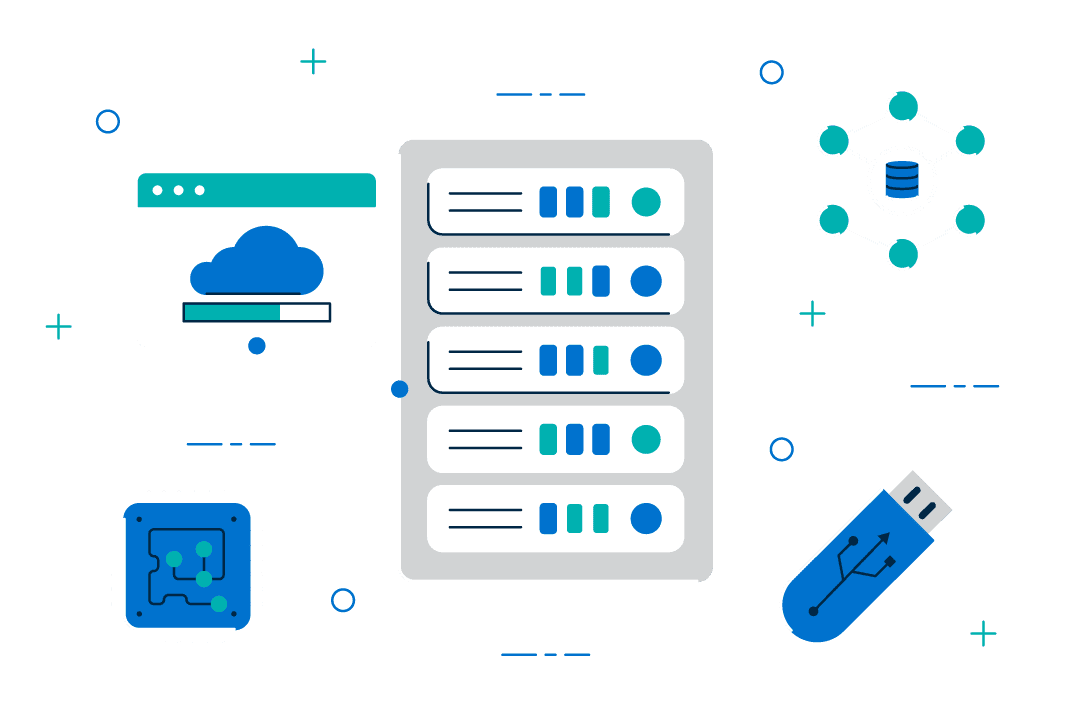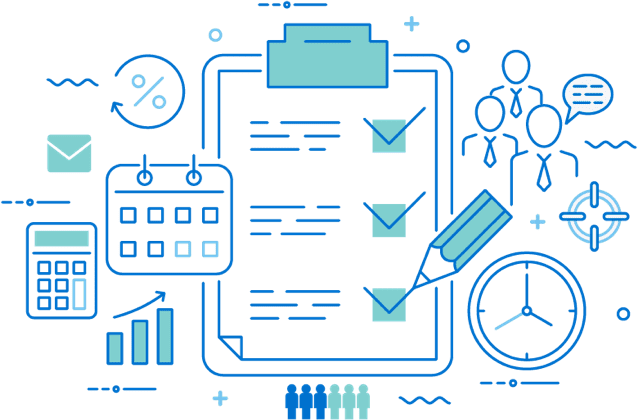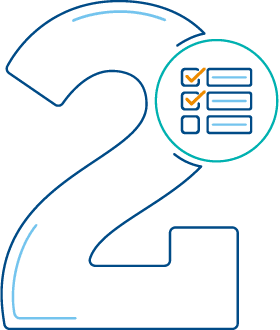Establish Sustainable Data Governance
Despite widespread adoption of data-driven technologies in higher education, most institutions are struggling to see a return on their investments in campus analytics. Without effective data governance campus leaders are left with inconsistent information across disparate silos, which limits their ability to generate useful analysis and to secure sensitive information. Leaders must collaborate across the institution to build enterprise-level data governance and maximize the value of their data assets.

In this Guide
In this Guide
- Help campus leaders understand why data governance really matters
- Review current maturity across key data governance capabilities
- Design data governance structures for iteration and sustainability
- Focus fast-cycle data definition efforts on strategic priorities
- Automate data access and create user feedback mechanisms
Help campus leaders understand why data governance really matters
Leaders across the institution must invest in data governance efforts and establish a baseline understanding of the important role of quality data in campus operations and innovation. First, educate stakeholders about the avoidable costs and risks that bad data governance perpetuates, then focus on high-performing peers and best practices to build consensus for action.
Review the data governance process overview to get started.

Now that you’ve read the executive briefing

Review current maturity across key data governance capabilities
Most institutions have some data governance processes in place, but each university or college varies in its areas of strength and weakness. We identified hallmarks of high-performing institutions, noting tight interdependency between some areas of maturity. Fill out the brief diagnostic to find your institution’s areas for focus.
If you’d like to understand multiple perspectives on your current data governance maturity, our maturity self-test is available as an administered survey of select campus community members.


Design data governance structures for iteration and sustainability
The structure of data governance oversight is the single most important factor in success. When designing your capability oversight structures, aim to create responsive, agile workflows able to withstand campus change—whether from strategic direction shifts, leadership transitions, or technology and asset overhauls.

Focus fast-cycle data definition efforts on strategic priorities
When building out an institution-wide data dictionary, leaders should first assess campus strategic priorities and tackle high-use data. Focus on high-priority data early in the process to demonstrate early value and secure lasting resources for ongoing data governance efforts.

Now that you’ve read the playbook

Automate data access and create user feedback mechanisms
Finally, leaders should ensure that clean, appropriate enterprise data is made available to the right decision-makers. To create a seamless, responsive delivery mechanism data governance groups must provide reliable data access, monitor data sources for quality, and review emerging needs to guide future data strategy.

Now that you’ve read the playbook
